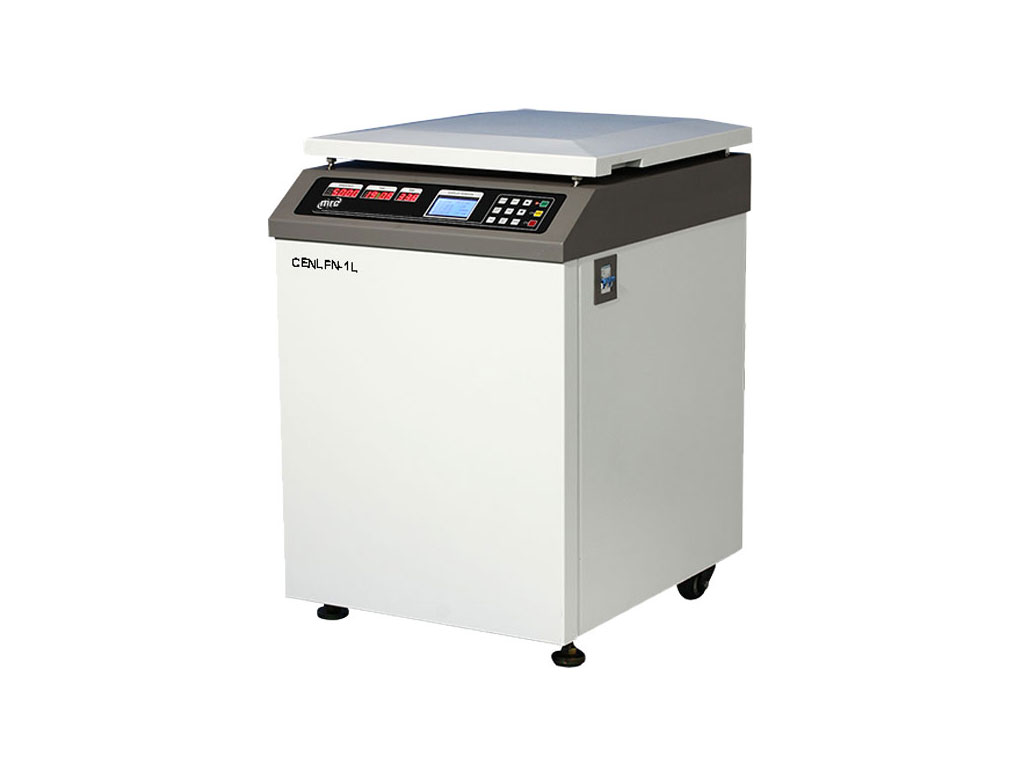The main function of a centrifuge is the separation of the contents of a sample depending on its density using centrifugal force. A significant centrifugal force is created when The centrifuge is rotated.
First of all let's understand what is a laboratory centrifuge?
A centrifuge is a term used to describe the separation of two or more objects. By the process, particles are separated concerning their densities. A mesh screen is made use of for the process of filtration. This mesh screen collects the components that are solid and lets the components flow through it.
So what is the principle of operation of a centrifuge?
As in sedimentation. The reason behind this is the difference in density. As for the density, the lighter ones float on top of the container while the denser particles sink.
Why do we use a centrifuge?
Laboratory Centrifuge is usually seen in laboratories that require doing biological component isolation for testing. Centrifugation is required for specific component studies, such as isolating DNA, separation of urine sediment and blood plasma, etc.
• Solution and sample’s density
• Viscosity and temperature
• Distance of displacement of particles
• The rotation speed
Important points that will keep your centrifuge
Cleaning and disinfection: These are critical to sustaining long-term operations. Make sure you take care of parts like rotors, accessories, rotor chamber, keypads, touch screens, interior area
Test: If there are any side effects caused by exposure to chemicals, wearing, scratches, etc. they all are found once the inspection is done.
Be attentive: Stop the machine instantly if it is vibrating, shaking, etc. when using the equipment, and always be mindful of any risky indications.
learning: Educate all the staff members on the working of the machine, safety measures, balancing of the samples, etc. so they will use it properly.
As per the requirements of your work and laboratory, you can choose which machine to choose for centrifugation.
PPP Plasma Gel Making Process
Below is PPP Plasma Gel Making Process

General instructions for use - Follow the manufacturer's instructions:
1. Place the sample in the test tube into one of The samples.
2. you need to Insert test tubes filled with water into balance if necessary depending on the number of samples being tested.
3. Close the lid. make your selections regarding settings.
4. Begin the centrifugation.After some time cycle be over
5. Remove the balances and samples from the equipment Once the process is complete.
6. Each sample would now be available for analysis and would be divided into its constituent parts.
All Types of Best Laboratory Centrifuge
1.
LABORATORY LOW SPEED 5000RPM, MAX.1000ML CENTRIFUGE
Touch buttons,LCD display
Electric lid lock
For-1L-1: With procedure store function and there are 10 levels of
acceleration and deceleration for your Choice
For-1L: It can store 12 operation procedures and there are 19 levels of
acceleration and deceleration for Choice.

2.
LABORATORY HIGH SPEED 17,000RPM, 600ML
Max Speed 17000 r/min
Speed Accuracy ±20 r/min
Timer Range 1~999 min/inching
Noise ≤60dB (A)
The machine adopts brushless frequency conversion motor driving,
micro-computer control

3.
LABORATORY DECAPPING VACUUM TUBE CENTRIFUGE, 5000RPM, 1000ML
Blood Centrifuge -Laboratory Decapping Vacuum Tube Centrifuge, 5000rpm, 1000ml (Include rotor)

4.
LABORATORY REFRIGERATED LOW SPEED 6,000RPM, 1000ML,
Max. Speed 6000 r/min
Max. RCF 5120 Xg
Max. Capacity 1000ml (4000rpm)
Speed Accuracy ±10 r/min
Temp. Accuracy ±1°C
Temp. Range -20°C ~ 40°C
5.
CLINICAL PRP/PRF CENTRIFUGES, 4,8,12,24 PLACES
Economy table centrifuges
Eight places rotor for 15ml tubes
Speed range: up to 2500rpm
Maximum RCF(XG)1210XG